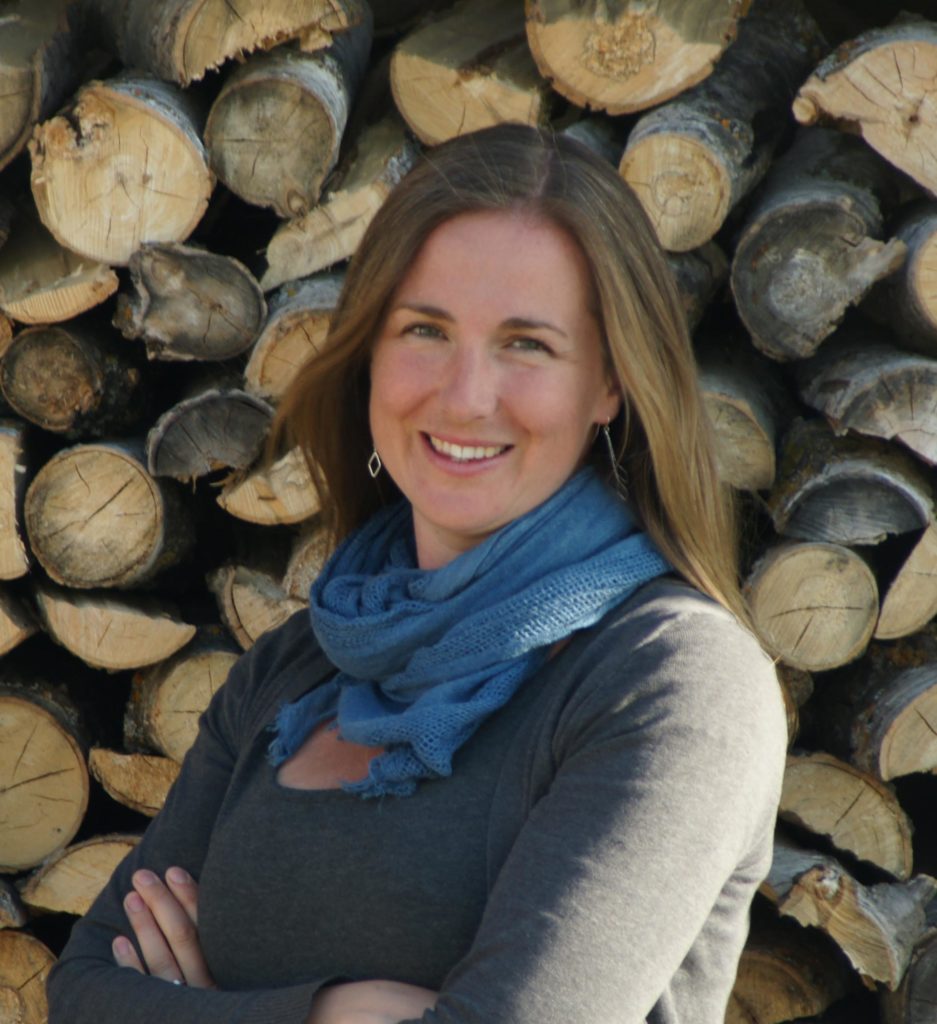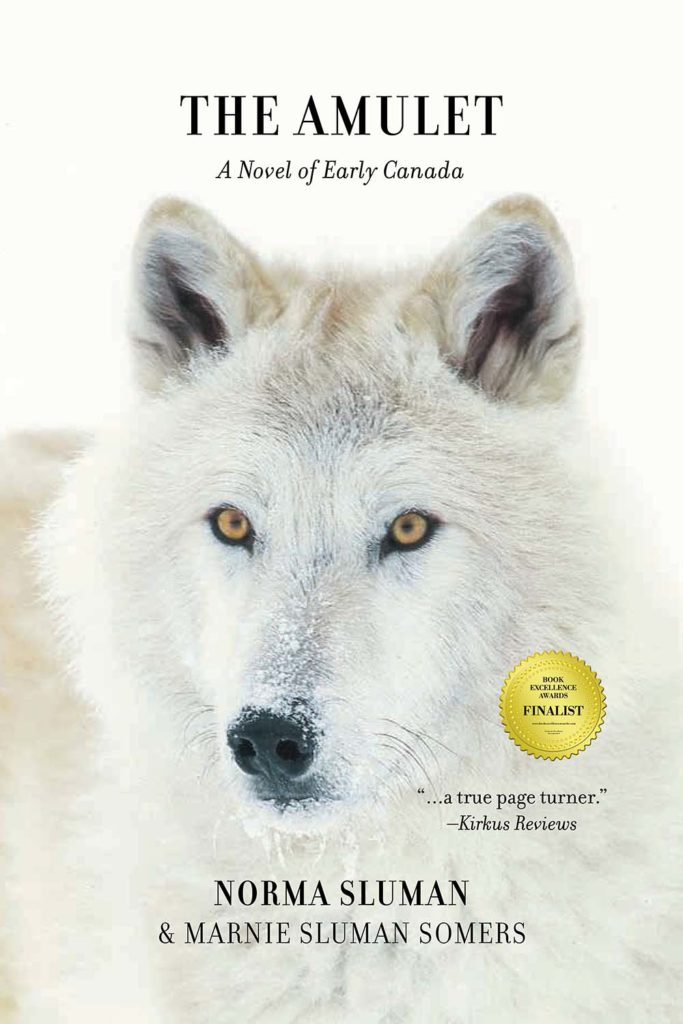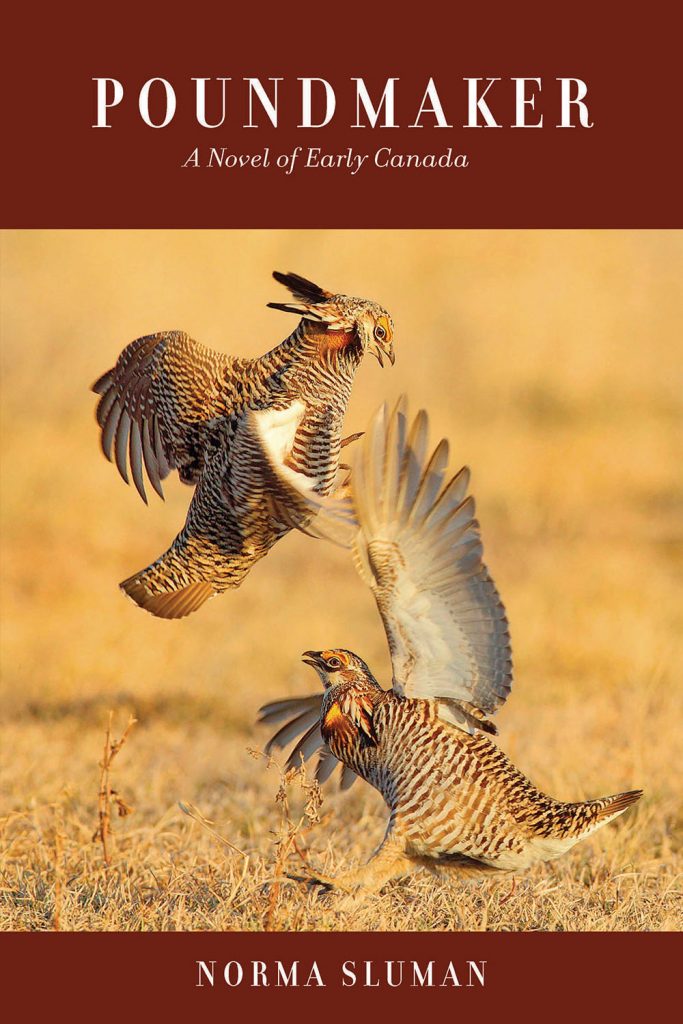This week I finished reading The Very Marrow of Our Bones by Christine Higdon. It was a lovely book and I’m so excited to share it with you.
On the morning her mother disappeared Lulu Parsons found a note that read, “Wally, I will not live in a tarpaper shack for the rest of my life. Love, Bette.” Lulu buried the note in the backyard and never told anyone. The town and her family is rocked by the mystery of her mother’s disappearance. There are speculations of murder and no one knows what to make of it, especially since her friend Annette went missing on the same day. Lulu spends the next 50 years wandering and detached trying to find a place to belong. When she finally returns home after an accident she discovers that she isn’t the only one who’s hiding something.
This story is about consequences. It’s about secrets. It’s about living through our pain and embracing joy in spite of it. It’s a story full of surprises, hope, and truth.
What I loved the most about this book is how it captured the real feelings of motherhood. That it isn’t all joy and rainbows. That sometimes, one more load of laundry, fight between siblings, or unfinished baseboard might break you. I felt the truth of Bette Parson’s feelings as I read and it’s not something I’ve often seen written in such an honest and non-judgemental way.
The whole novel is a beautiful repository of women’s stories. Doris who sees the world in colours, who can’t speak and delights in the details of raising chickens and growing beans. Raylene who runs the library van and lives and loves so unapologetically. Irene who owns the Dun Roamin? trailer park in her own way. Flo who lovingly welcomes and cares for an unknown stranger but isn’t sure how to accept her own daughter. And of course Lulu who is endlessly searching for love and acceptance. Each of these women is held and heard and understood in this book in a really wonderful way.
Christine Higdon is also a masterful writer. For those who’ve been following our posts about writing, Christine shows us skillful use of setting and point of view as she shapes her story and moves it forward.
Setting
Christine’s use of setting is gorgeous. If this was a different story I might say that she was heavy handed with the descriptions, that she spent too much time telling us what things looked and felt like, especially at the beginning of the story. But there is purpose and intention behind those descriptions. We need to know what those places look, feel, and smell like. Look at this passage from Lulu’s point of view near the beginning of the story:
Aunt Kat made a small sound when she got out of the car on Forward Road. I saw our embarrassing wreck of a house through her eyes. A muddy yard rutted with truck tread marks, two dead delivery vans rusting away to nothing, a crazed dog barking and straining at the length of its chain, tarpaper covering the house’s exterior as though it was newly built and in the process of being finished, except it wasn’t. She seemed game enough as she went up the kitchen steps and crossed the threshold. I could smell the goats from there and hoped she couldn’t. At that point I was liking the idea of Aunt Kat. “Right then, who can tell me where I’ll find the tea?” she asked.
Do you see how this description helps us understand Lulu’s relationship and feelings toward her family? The smells and details she describes tell us as much about Lulu as they do about the place she grew up.
Point of View
My favourite thing about Christine’s writing in this book is the way she uses point of view. From inside the head of Doris the world looks very different than from inside the head of Lulu, or Trevor, or Bette. Look at this passage from Doris’s point of view:
Doris reaches into a straw-filled nest. The egg is still warm. This one is brown. She rolls it in her weathered hands, wiping bits of straw and guck from the shell. How wonderfully essential and simple an egg is. A perfect oval, smooth, containing either one breakfast, eaten many ways, or the gestational home of a chicken—twenty-one days, sooner if it’s warm or the hens are particularly broody, longer if she leaves the door to the henhouse open to the breezes. How many thousands of times has she placed eggs into the rough cardboard cartons: half a dozen any colour or size for Mrs. McFee; a flat of thirty smooth brown eggs, perfectly symmetrical and clean, for Mrs. Parsons. What does she do with so many? But Bette Parsons has disappeared and so has Alice McFee.
We learn so much here, about Doris and the things that matter to her, about what’s important to her. And the simple knowledge of how many and what kind of eggs Bette and Alice choose to buy tells us so much about them and their lives.
So read this book. It’s a good one. The story builds slowly but I found myself swept away by it. It’s totally worth the read.
About the Author
Christine Higdon is a Canadian writer and editor. She’s also a graphic designer, rug-hooker and intersectional feminist. Daughter of a Newfoundlander and a British Columbian, she lives and writes in Mimico, Ontario. You can find her and her books at www.christinehigdon.com

Laurie MacNevin, HF Associate Editor
Laurie is an editor, writer, and researcher. Her deep love of stories led to an Honours degree and a Master’s degree in English Language and Literature from the University of Windsor. Originally from Southern Ontario, Laurie has lived in Manitoba for more than ten years, exploring the stories, landscape, plants, and people of some of the most remote parts of the province including three years in Churchill and two years in God’s Lake Narrows First Nation. Laurie and her family now live on an acreage outside of Carberry.
Not a member of our FREE Book of the Month Club yet? What are you waiting for?
Want a chance to win a free book written by a different Canadian author? Join our Free Book of the Month Club! Every month we review a book by a Canadian author and give it away to one of our email subscribers. Our goal is to share the work of other Canadian authors to help readers find other writers.




